5 Easy Steps to ‘Enable G-Sync on a FreeSync Gaming Monitor’
High-refresh rate gaming has certainly become the gold standard of PC gaming nowadays. With the ascension of good 120Hz, 144Hz, and 165Hz monitors in both 1080p and 1440p resolutions, the outlook of the PC gaming industry has changed quite dramatically over the last few years. The technology in monitors has, at times, rapidly outpaced the technological advancements in other fields such as GPUs. Even in 2020, the best gaming monitors on the market can push up to 165Hz refresh rates on 4K panels which realistically even the mighty GeForce RTX 3090 cannot manage. This rapid progress in monitor technologies has, therefore, led to a rapid increase in the number of budget high-refresh rate monitors on the market. These monitors offer great value to consumers looking for butter-smooth gaming at a wallet-friendly price.
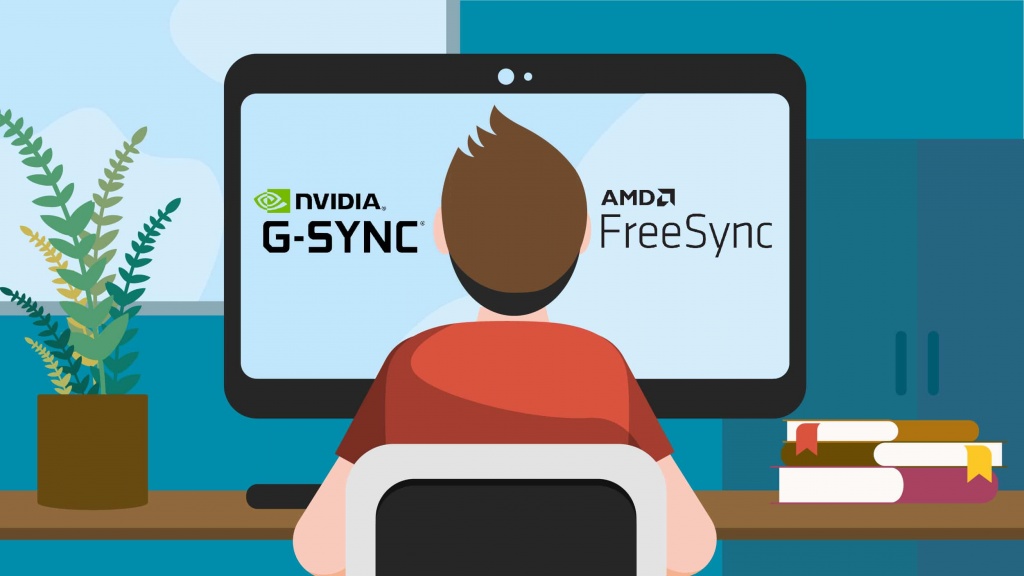
High-refresh gaming comes with its fair share of quirks as well. There are some things that you need to be wary of when buying a high-refresh-rate monitor. Apart from the resolution and the refresh rate, many monitors on the market also list a feature called Adaptive Sync on the product page or even in the product name. This feature is implemented in either Nvidia G-Sync or AMD FreeSync forms and it is quite possible that you may have heard of these technologies have you have ever shopped for a gaming monitor. Adaptive sync is one of the key features that should definitely be factored into the purchase decision.
Adaptive Sync
So what exactly is adaptive sync? In fairly straightforward terms, adaptive sync is a VESA-technology that alters the refresh rate of the monitor to match the FPS that the graphics card is producing. Basically, the technology aims to smooth out the visual output that the user gets by synchronizing the refresh rate of the monitor with the number of frames that are being produced by the graphics card itself. This technology can have a significant impact on the overall experience that is produced by these monitors.
Lack of Adaptive Sync
There are quite a few problems that can ruin the experience of the user if the monitor lacks any sort of adaptive sync implementation, be it Nvidia’s G-Sync or AMD’s FreeSync. Generally, any of the two adaptive sync implementations will lead to a significant improvement in the perceived output of the monitor. Lack of adaptive sync can lead to the following problems:
- Screen Tearing: This is a pretty annoying artifact that can be quite jarring to the visual experience while gaming. This happens usually at high framerates when the FPS number that is being delivered by the graphics card exceeds the refresh rate of the monitor. The display gets two or more frames during one refresh cycle, and the image looks torn with visible lines.
- Lack of smoothness: Lack of any sort of adaptive sync technology leads to a significant reduction in perceived smoothness of motion in the output of the display. This happens due to varying frametimes of the game coupled with a fixed refresh rate of the display.
- Significant Stutters: If the framerate of the game is quite low (say even lower than 50 FPS) the adaptive sync technologies can help to improve the smoothness of the game even at that framerate by lowering the display refresh rate to match the framerate being delivered by the game. This can be helpful in highly graphically intensive games.

AMD FreeSync
FreeSync is AMD’s implementation of the adaptive sync technology in which the AMD APUs and Graphics cards can control the refresh rate of the monitor they’re connected to. This allows them to alter the refresh rate of the monitor to synchronize it with the framerate that the card is producing in a particular game or 3D application. Typically FreeSync monitors are cheaper than their G-Sync counterparts because AMD has not opted for any proprietary module in those monitors, rather relying on VESA’s Adaptive Sync scaler boards that are built into the displays. AMD has assured users though, that the FreeSync branding is only applied after a rigorous testing and certification process.

Nvidia G-Sync
G-Sync is Nvidia’s branding for its implementation of the adaptive sync technology. It works in much the same way as the AMD FreeSync method, but Nvidia has added a few more steps to further personalize the process. While AMD’s FreeSync works over both HDMI and Displayport, the Nvidia G-Sync standard exclusively makes use of the Displayport cable technology. More important than that though is the different G-Sync types that are now available in monitors.
G-Sync is now available in 3 different “flavors” in monitors nowadays. There is G-Sync standard which requires a discrete proprietary G-Sync module to be installed in the monitor in order to make good use of the adaptive sync technology, and then there is G-Sync Ultimate which also requires this module and is even more rigorously tested and certified to provide the highest level of G-Sync experience possible. These hardware modules increase the cost of the display itself, and therefore FreeSync monitors are generally cheaper than G-Sync monitors in the same spec categories. Performance is more or less the same between the two technologies.
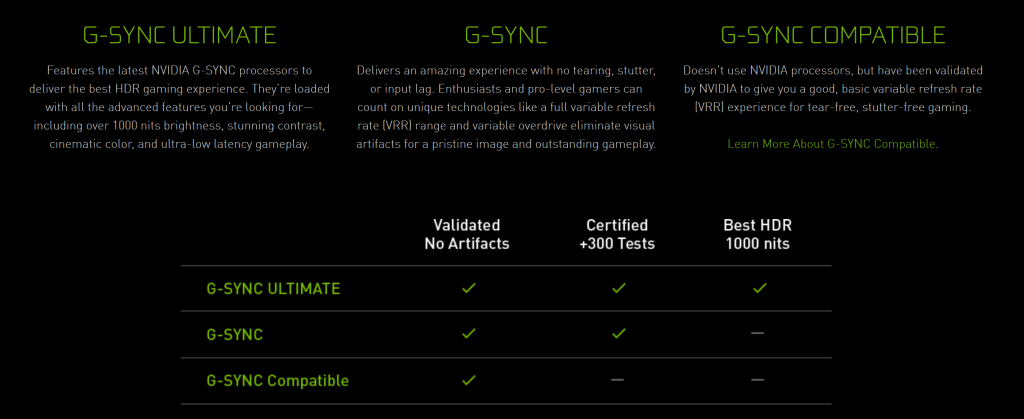
There is another type of G-Sync implementation that is really interesting, which is called G-Sync Compatible technology.
G-Sync Compatible Monitors
These monitors do not have the hardware module that the other G-Sync monitors have in them, therefore they are also cheaper than the higher-end G-Sync and G-Sync Ultimate monitors. G-Sync compatible monitors are fully capable to utilize G-Sync using the traditional Adaptive Sync scaler modules just like FreeSync. In fact, Nvidia has only certified a handful of monitors to be “G-Sync Compatible” but many FreeSync monitors on the market right now work perfectly well with G-Sync when paired with an Nvidia GeForce Graphics Card.
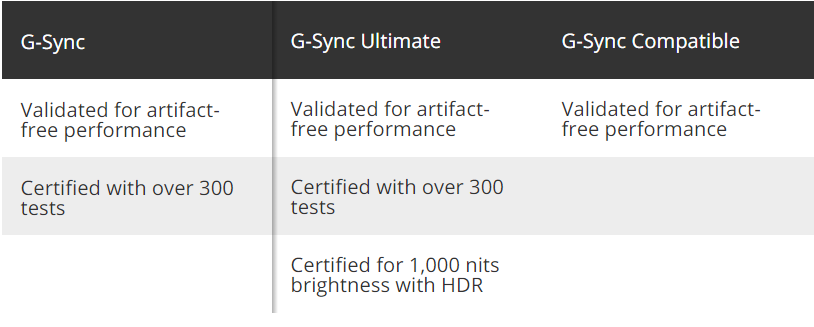
The complete list of certified G-Sync compatible monitors can be found here, however, this is a relatively short list with only a few monitors from a handful of brands. However, a large number of FreeSync monitors (and other monitors with Adaptive Sync) have been tested to work perfectly with G-Sync with a few simple steps when paired with an Nvidia Graphics Card. If you have a FreeSync monitor that you want to run G-Sync on, follow the steps that are given below.
Step-by-Step Guide to enable G-Sync on a FreeSync Monitor
This is a simple step-by-step process to enable G-Sync on a FreeSync monitor. This process can be used to test whether or not G-Sync will work with your FreeSync or Adaptive Sync monitor.
Step 1: Turn on Monitor FreeSync
First of all, you should turn on the FreeSync of the monitor using the monitor’s own controls. You may have to browse a few pages of options to find this setting. It can also be labeled as “Adaptive Sync”. Make sure you are connected via Displayport and not HDMI while doing this process. This is necessary because while FreeSync does work over HDMI, G-Sync requires a Displayport connection for optimal operation.
Step 2: Open Nvidia Control Panel
Right Click on the desktop and open Nvidia Control Panel. We are assuming that you have an Nvidia Graphics Card in the system that supports G-Sync and the latest available drivers from Nvidia.
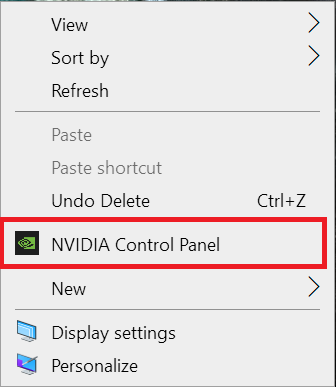
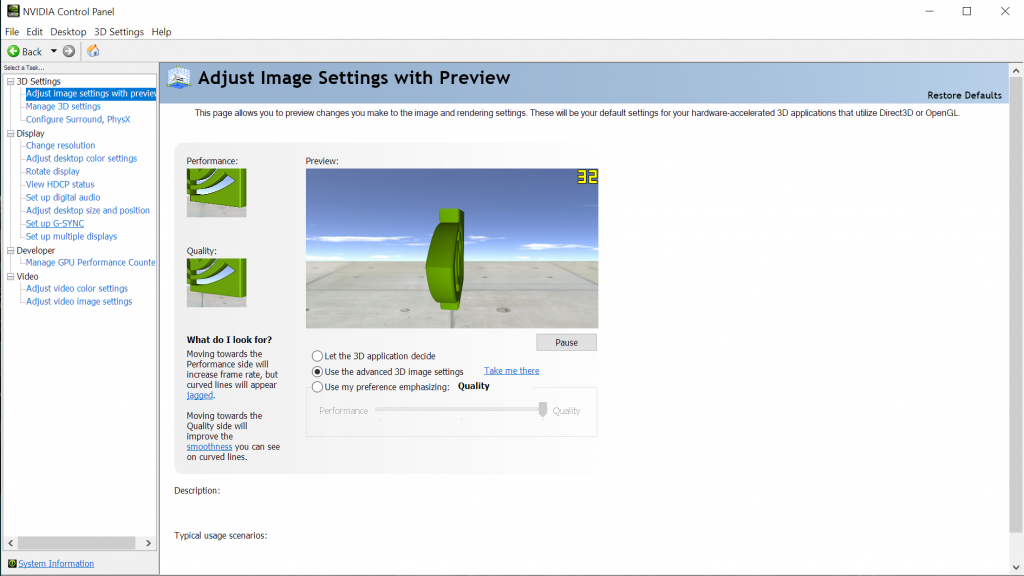
Step 3: Set-up G-Sync
When the control panel opens, you should spot the “Set up G-Sync” in the left pane of the control panel. Select that option. If it does not appear, try restarting the Control Panel or the PC. You can also try to plug the Displayport cable into another port.
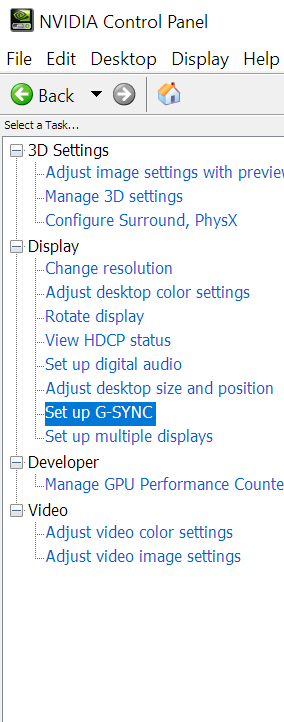
Step 4: Enable G-Sync
A couple of options will appear on the right-hand side of the control panel once you select the “Set up G-Sync” setting. In the first setting, check “Enable G-SYNC, G-SYNC Compatible” and also select “Enable for full-screen mode”. Click Apply and Exit the Control Panel.
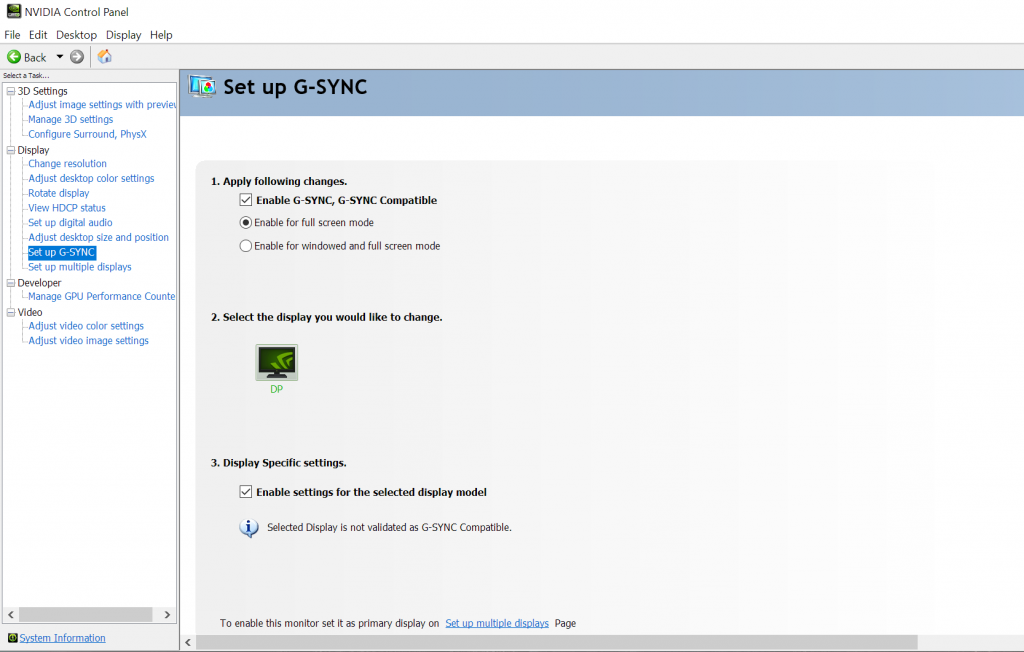
The screen might flicker once you click Apply, this is normal. We also recommend against selecting the “Enable for windowed and full-screen mode” option since that would enable G-Sync in unwanted places like web browsers where it may not work as intended.
If you have more than one display, you can also change the particular G-Sync setting for individual displays using the second and third options in this window. A warning may appear in this window stating that the selected display is not validated as G-Sync Compatible. This message can be ignored as Nvidia has only certified a handful of monitors as G-Sync Compatible.
Step 5: Test with G-Sync Pendulum Demo
After enabling G-Sync, we need to test if it is indeed working properly. Nvidia has a handy tool for this exact process on their website. The tool, known as the “G-Sync Pendulum Demo”, can be downloaded from Nvidia’s website and it is a perfect test for our particular scenario.
After downloading and installing the demo, open the executable file of the “G-Sync Pendulum Demo”. The monitor will switch resolutions and a scene of a pendulum will be presented to the viewer with some sliders and toggles. The thing to note here is that there will be 3 options on the top left corner of the screen. The options will be named “VSync”, “No VSync”, and “G-Sync”. If G-Sync can be successfully selected, the monitor is perfectly using the G-Sync technology. You can also do further testing with this demo by varying the framerate and looking for screen tearing or other artifacts while the demo is running.

And et voilà! Your FreeSync monitor is perfectly working with Nvidia G-Sync. Be sure to check the effectiveness of G-Sync in games and during prolonged gaming sessions. This will enable you to check the long-term reliability of G-Sync operation on your particular FreeSync monitor.
Advantages of FreeSync and G-Sync
G-Sync and FreeSync are both highly impressive technologies and are considered nearly essential by PC gamers seeking the perfect high-refresh-rate gaming experience. There is nothing more annoying than a game supposedly running at a high framerate but presenting massive amounts of screen tearing which ruins the visual experience. FreeSync and G-Sync are extremely effective at removing said screen tearing which ensures a smooth, artifact-free gaming experience at a high refresh rate.
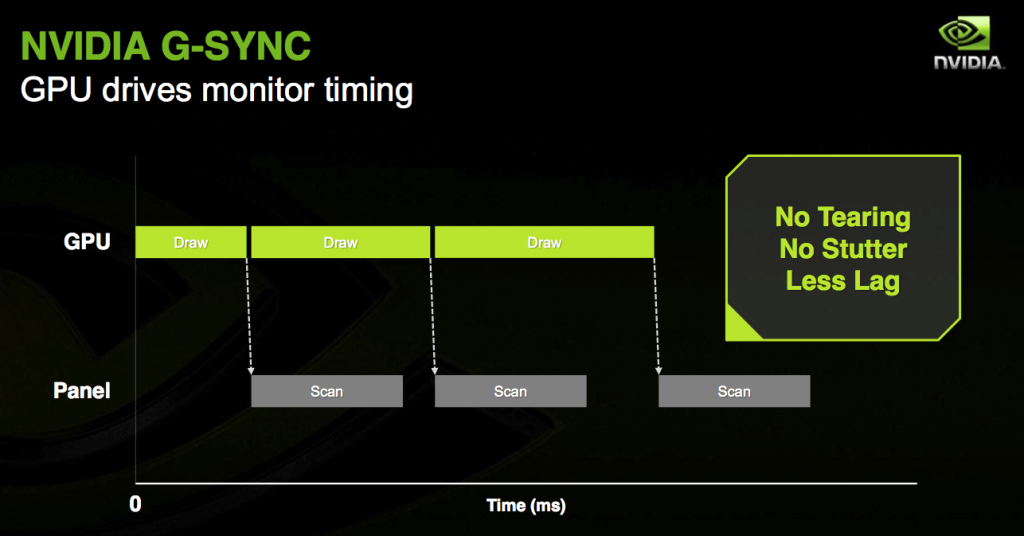
These technologies also improve the overall perceived smoothness of the game since they help in maintaining consistent frametimes by synchronizing the framerate of the game to the refresh rate of the monitor. Moreover, adaptive sync can also help on the other end of the spectrum, reducing the impact of low framerate on the visual output of the game. With G-Sync and FreeSync, even low framerate can be considerably smoother than normal output without any adaptive sync technology. This can help significantly if the graphics card is not powerful enough to maintain a smooth consistent 60 FPS in a particular game at a particular resolution.
Conclusion
So there we go! The process to enable G-Sync on a FreeSync or a regular Adaptive Sync monitor is quite simple and straightforward. Of course, G-Sync compatibility is not guaranteed on all FreeSync monitors but a large number of monitors have been tested by users to work perfectly well with G-Sync enabled. Our testing was done on a Monoprice Zero-G 1440p 144Hz FreeSync monitor that uses the standard Adaptive sync VESA standard. G-Sync has been tested to work perfectly with this monitor even though it is not listed in the Nvidia list for G-Sync Compatible monitors. Of course, Nvidia should also be thanked for making this possible and removing the need for a proprietary G-Sync module to be installed in the monitor to make G-Sync work.
This has enabled a large number of cheaper FreeSync monitors to be compatible not only with FreeSync but also with G-Sync which can be a huge gain to people looking for the most value in their purchase. This process can also come in quite handy if you purchased a FreeSync monitor for use with your AMD Graphics Card, but later bought an Nvidia Graphics Card that could not make use of the FreeSync technology. With this process, G-Sync can be enabled on that monitor to provide the same level of smoothness and the same effectiveness in removing annoying artifacts such as screen tearing.





